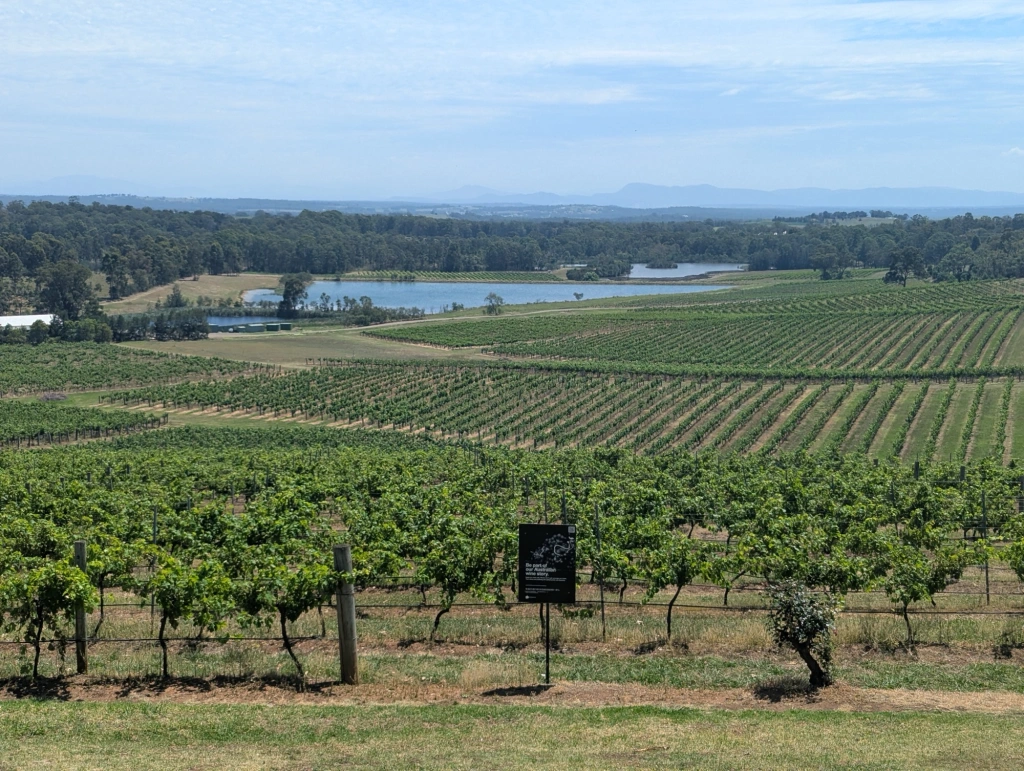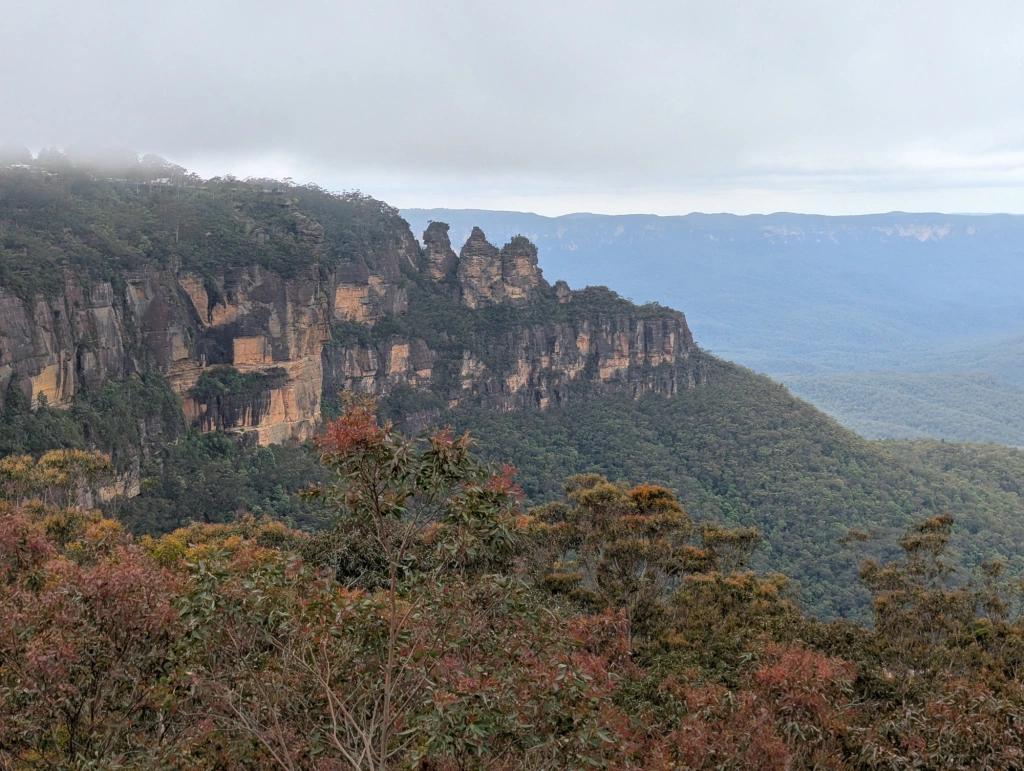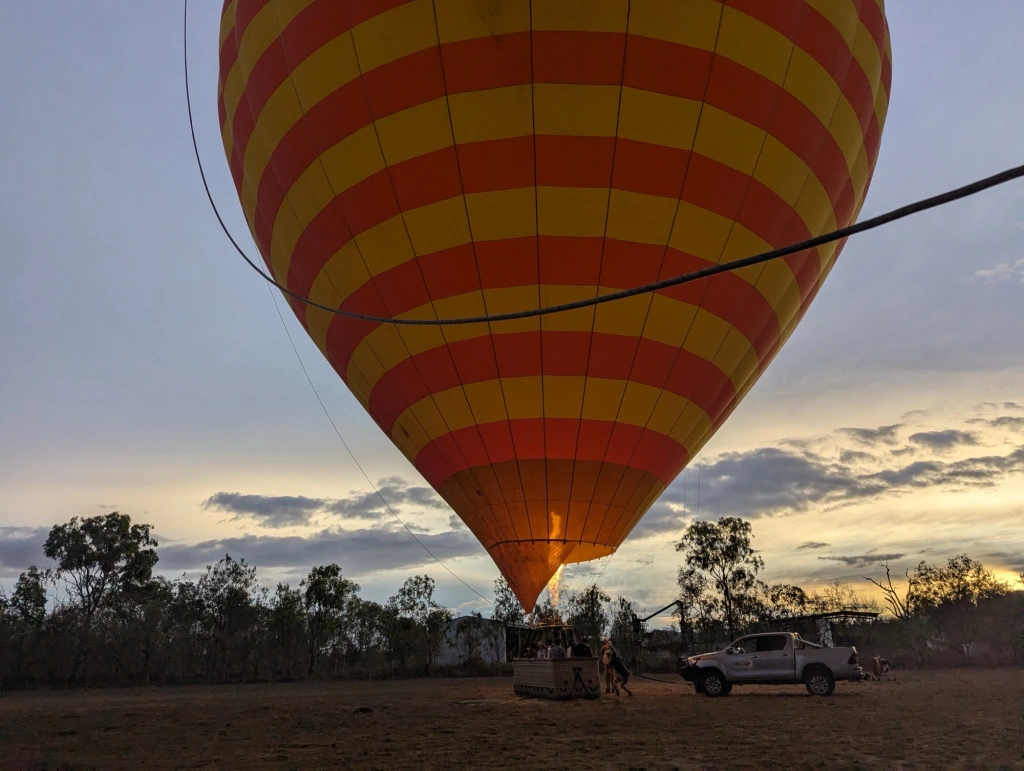The Hunter Valley is one of Australia’s renowned wine regions and is also home to the beautiful Hunter Valley Gardens. The region is located around a two hour drive from Sydney and getting around by car is definitely easiest as although many of the wineries and the gardens are centred around Pokolbin, they are not within walking distance of each other. For those who prefer to join a tour then there are numerous coach day trip opportunities available from both Sydney and Newcastle.
Hunter Valley Gardens
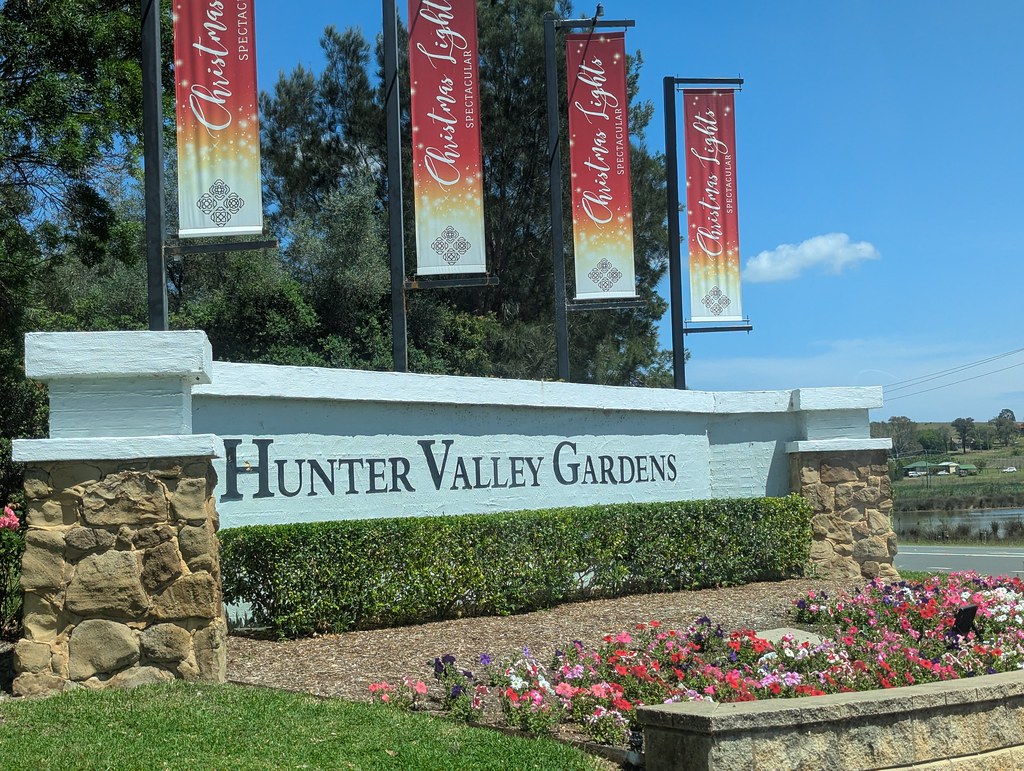
We arrived by hire car and opted to visit the Hunter Valley Gardens at the start of the day. Standard admission to the gardens is AUD $39 (£19). Designed by Bill and Imelda Roche, it took over four years to create the beautiful gardens which first opened to the public in October 2003. Since then they have become one of the most significant display gardens in Australia, attracting visitors to the beautiful Hunter Valley region.
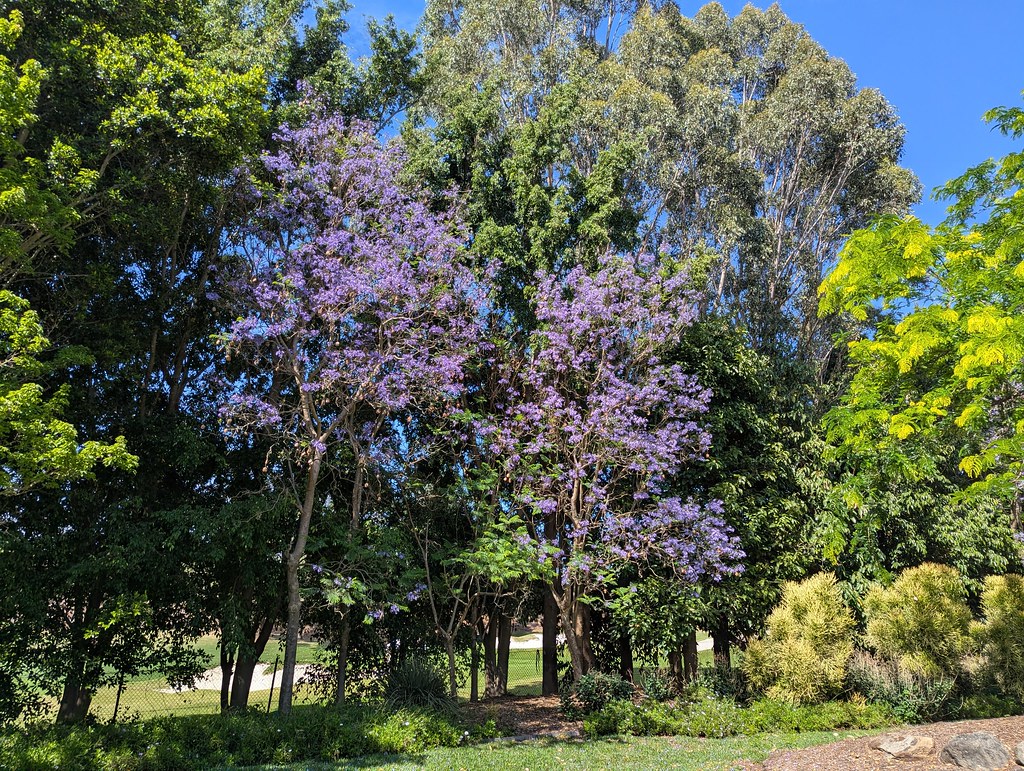
Jacaranda trees in bloom in the Hunter Valley Gardens
The gardens extend to 14 hectares and as we had arrived shortly after the opening time of 10.00 a.m. we were able to wander along the winding paths in perfect peace as few people were out and about so early in the day. The gardens are sub-divided into ten individually themed smaller gardens showcasing planting styles from around the world utilising both native and exotic varieties of plants. Each one has been carefully landscaped with additions of waterfalls, statues imported from around the world and murals designed and painted by local artists.
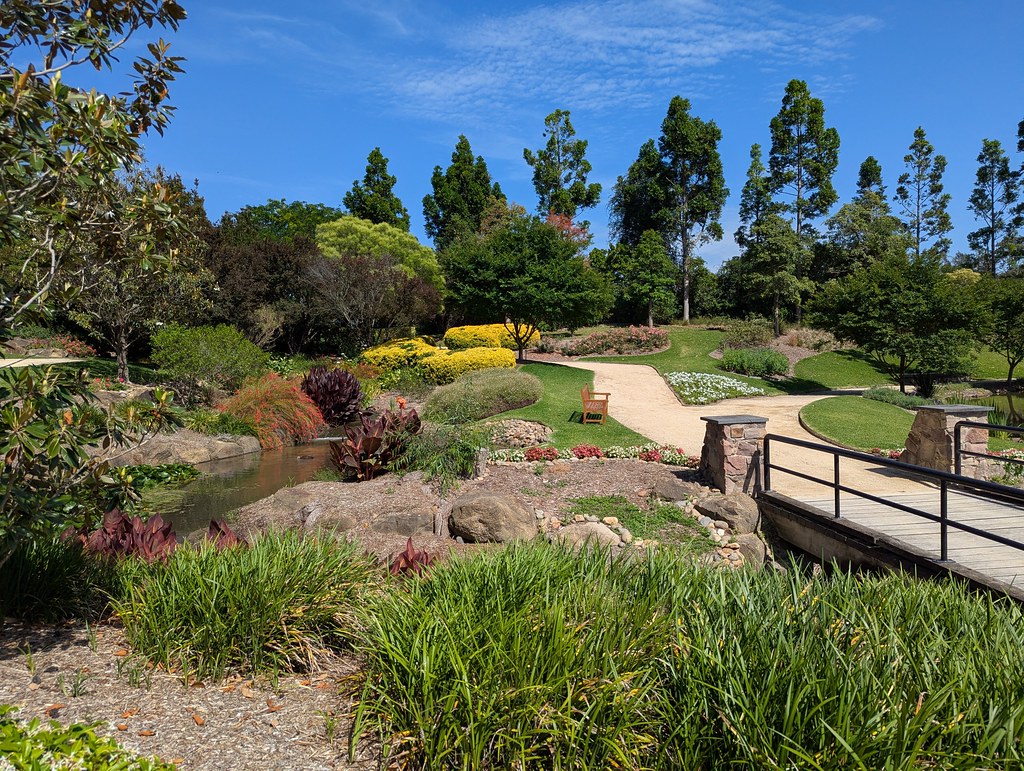
Hunter Valley Gardens, New South Wales
The Chinese Garden was definitely my favourite which we entered through a traditional Moon Gate flanked by two bronze Temple Guardians. The garden incorporates rugged rocks, bamboo, camellias and azaleas making it feel as if we had been transported over to China.
The Rose Garden is another of the highlights as it’s enclosed by four pergolas and features more than 6,000 roses. As we visited in mid-November the blooms were beginning to fade but we enjoyed strolling through the garden’s corkscrew shaped paths which were designed as a nod to its location in the centre of the Hunter Valley wine region.
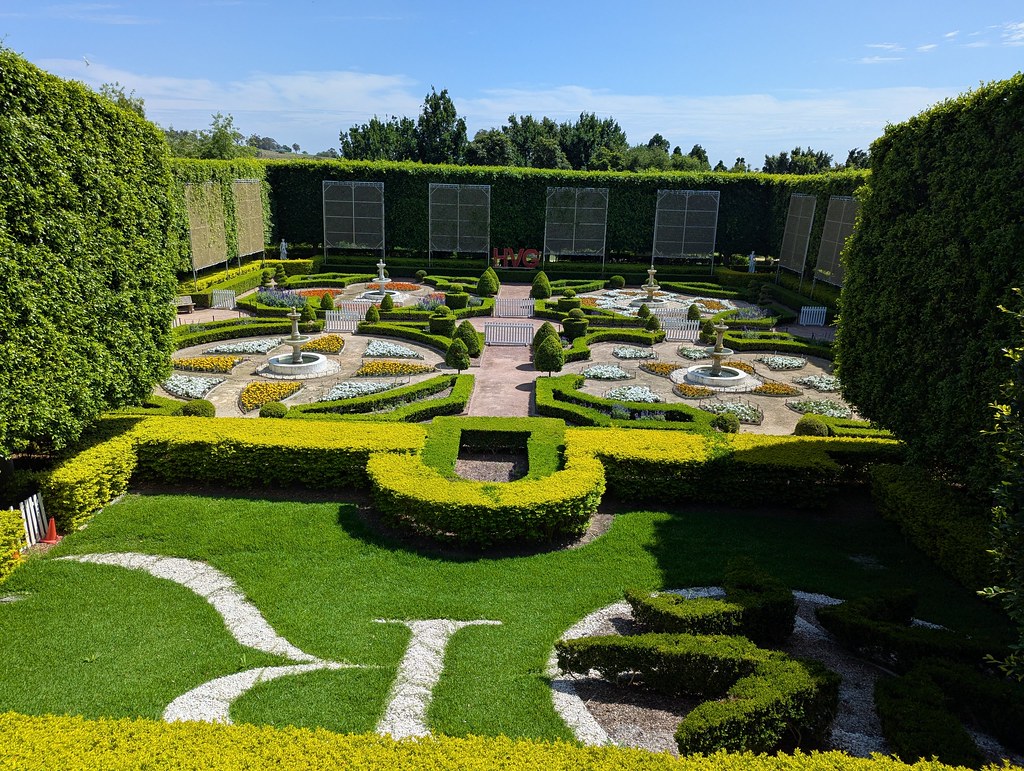
Hunter Valley Gardens
Before leaving, we relaxed with cups of coffee on the cafe terrace and then took a lakeside stroll where we admired the colourful perennial borders and flowering shrubs.
Hunter Valley Wine Region
We then turned our attention to wine as the Hunter Valley is the main wine region in New South Wales and one of the oldest in Australia with vineyards dating back to the 1830’s. There are now over 150 wineries in the region ranging in size from large commercially run operations to small cellar doors.
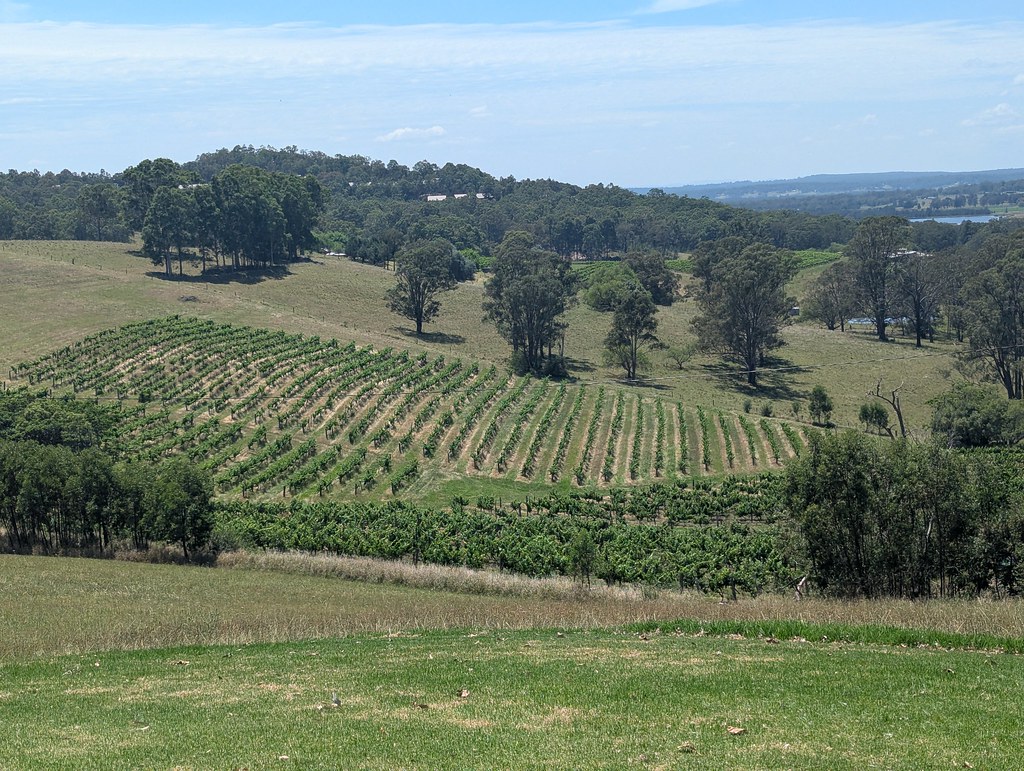
Hunter Valley vineyards
The Hunter Valley is centred around the three wine regions of Pokolbin, Lovedale and Broke-Fordwich. With varying soils and microclimates each region produces its own distinct wines. We decided to focus our attention in and around Pokolbin.
Pokolbin has been the centre of the Hunter Valley wine region from the very start. By the end of the 19th century some of the wine industry’s most famous families like Tyrell, Tulloch, Drayton, Wilkinson and Lindeman had established their vineyards in the area. It still has the highest concentration of wineries of anywhere in the valley, as well as several hotels, restaurants and cafes. Semillon is the Hunter Valley’s signature variety, a classic white with intense yet refined flavours, refreshing acidity, and notes of citrus and apple. The region is also famous for its shiraz, a rich, bold red that’s made from some of the oldest vines in the world.
Audrey Wilkinson
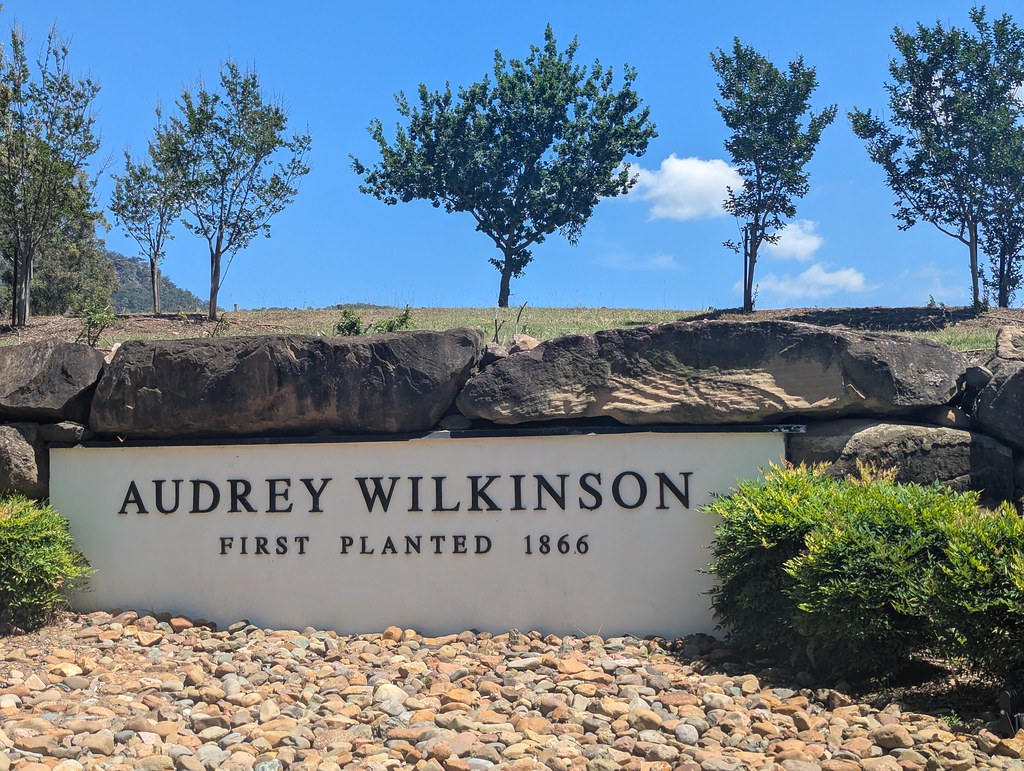
Audrey Wilkinson, Hunter Valley Vineyard
The first winery we called in to was Audrey Wilkinson which is one of the oldest vineyards in the Hunter Valley. We were interested to visit here as we had read that its beautiful hilltop setting on top of one of the foothills of the Brokenback Mountains was a ‘must see’ site.
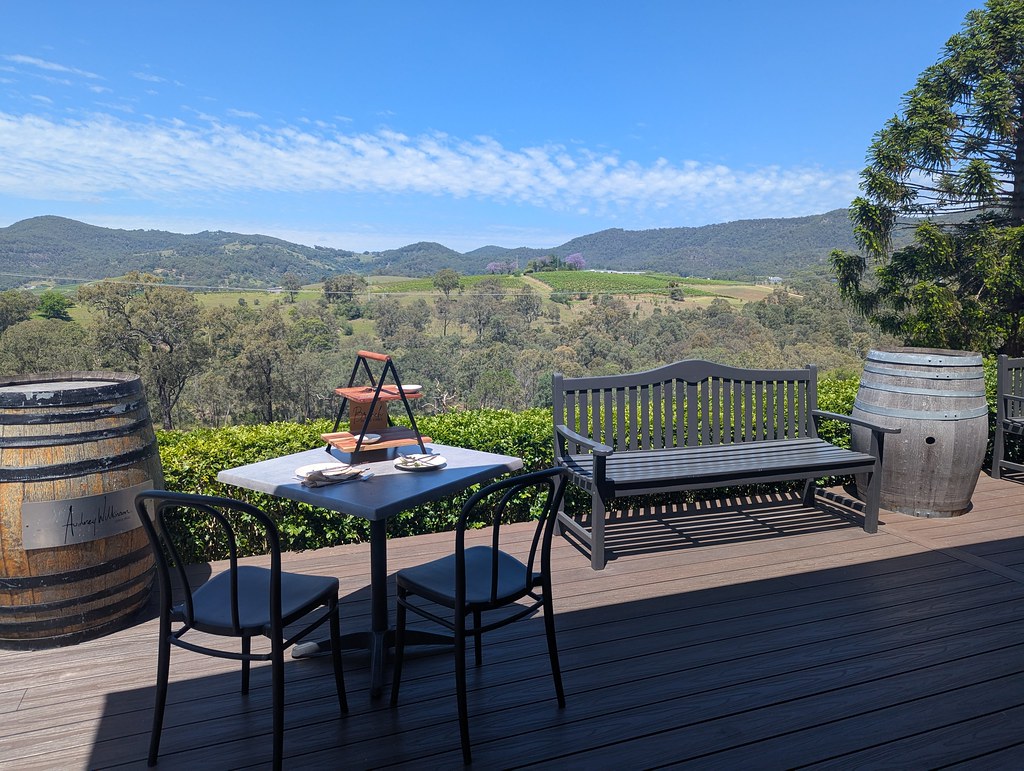
Scenic views from the Audrey Wilkinson terrace
Although we didn’t sample any wines here, the tasting room and terrace looked very attractive and I’m certain the wines would be of an excellent quality too.
Ben Ean Lindeman’s Estate

This is one of the largest wineries in the region and is also one of the most recognised names as it part of the McGuigan wine family. The contemporary styled cellar door offers a comprehensive tasting experience of their award-winning wines including Penfolds, Savannah Estate, Lisa McGuigan and Petersons Wines.
Rather than opt for a wine tasting we’d reserved a table for lunch in Baumé, one of the estate’s two on-site restaurants.
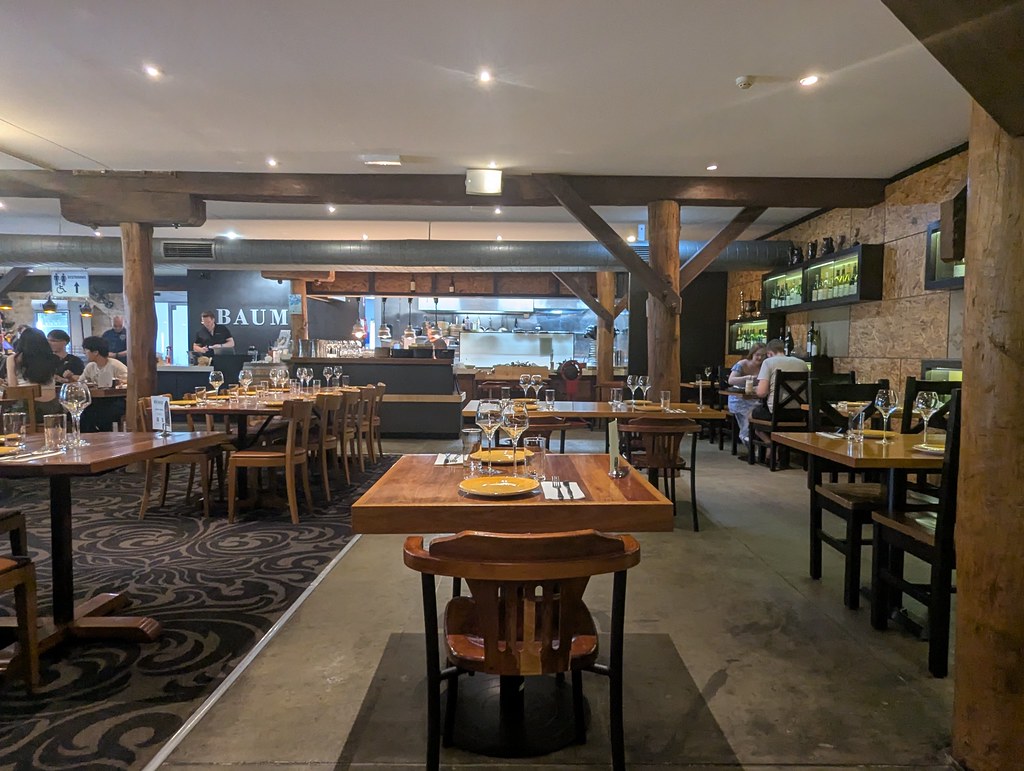
Baume Restaurant, Lindemans Estate
The menu offers Mediterranean style sharing plates that are influenced by Greek and Italian cuisine. For starters, we settled on lamb and sizzling prawns followed by mains of pork belly and cauliflower in a tasty blue cheese sauce.
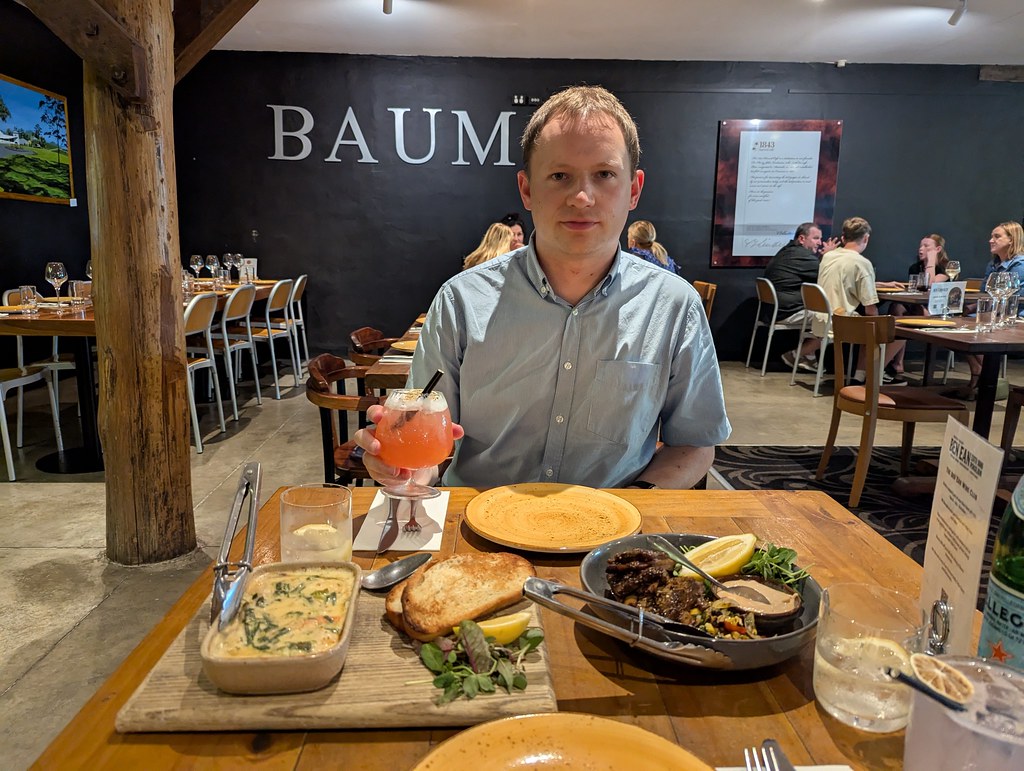
Sharing platters at Baume restaurant on the Lindeman Estate
Portions were very generously sized and tasted delicious but we couldn’t manage a dessert especially as we knew we would be eating more later.
Savannah Wines
After a stroll through the vines at the Lindeman’s Estate it was then just a short drive to the Savannah Estate. We’d pre-arranged a wine tasting and two of the friendly staff guided us through a tasting of some of their wines which included a red sparkling Zinfandel which we accompanied by a delicious cheese and charcuterie board.
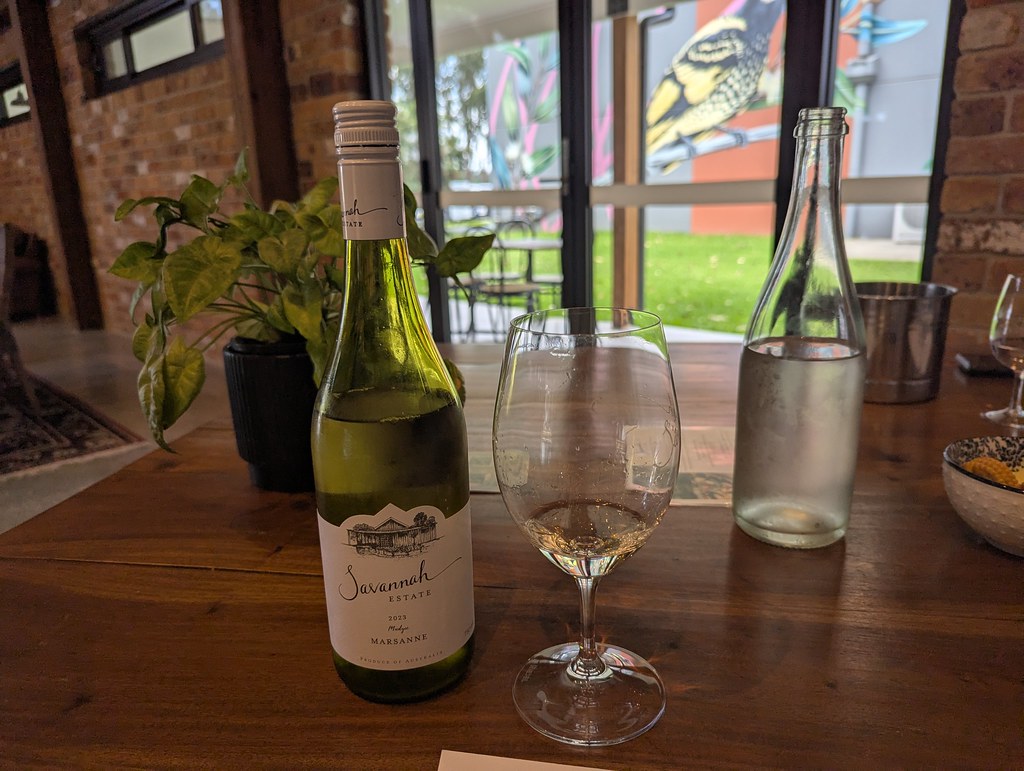
Savannah Wines, Hunter Valley
Whilst sipping the wines we learnt how the winery came to take its name. Savannah is the youngest granddaughter of the renowned Petersons Family who opened the winery to continue the passion that has become part of the family heritage.
Latitude 32
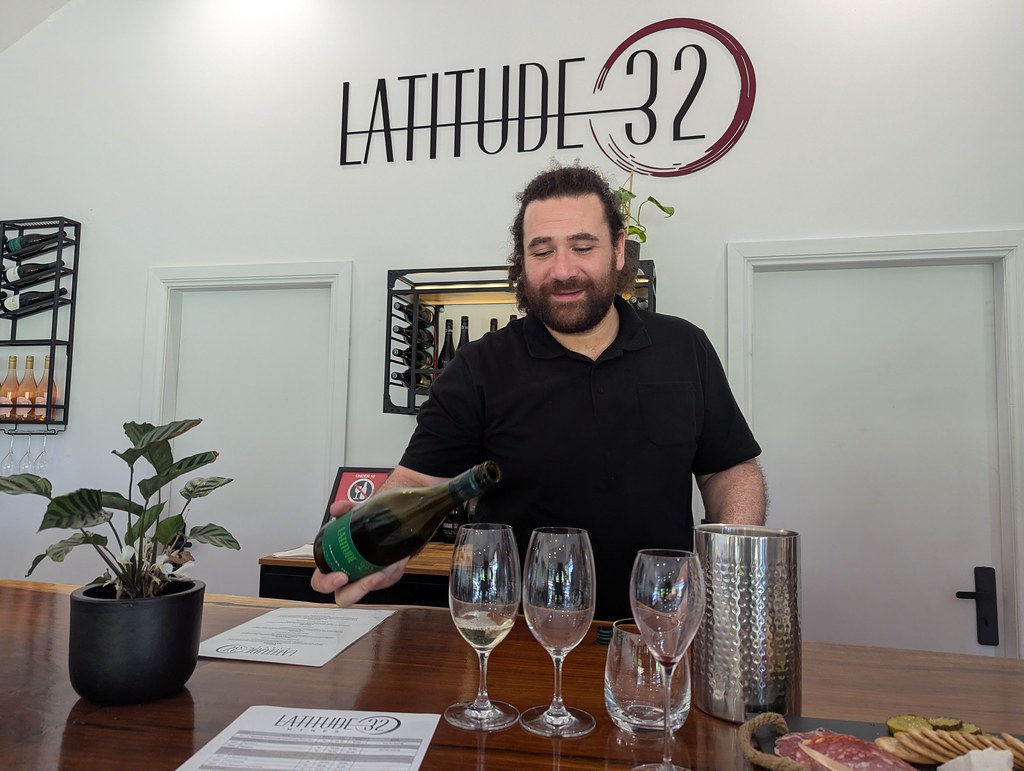
Latitude 32 winery, Hunter Valley
To round off our afternoon of wine tasting we headed to Latitude 32 Winery a smaller, boutique winery in the region. The Hunter Valley is positioned on the 32nd parallel from where the name is derived. This award winning vineyard and cellar door only opened in April 2024, with the estate having a lovely lakeside setting surrounded by the vines.
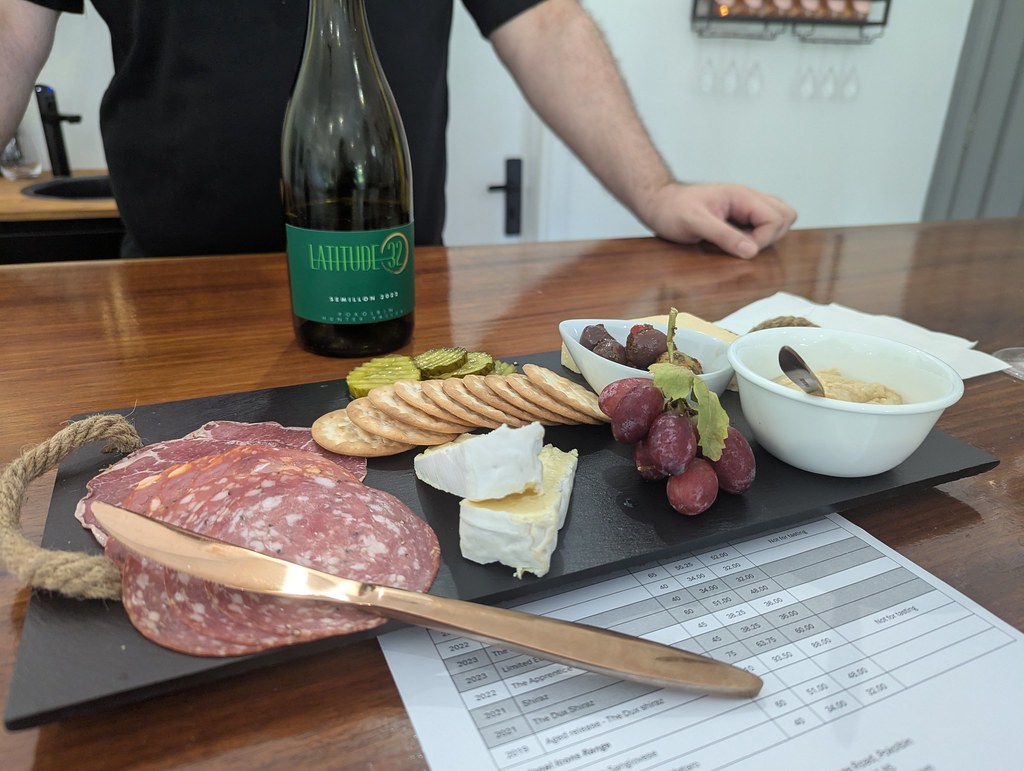
We were hosted by Zac who introduced us to their Shiraz, Semillon, and Chardonnay, finishing with a taste of their rare vinified white Pinot Noir. Zac explained that the focus of Latitude 32 is on emerging grape varieties that blend tradition with contemporary flair. From our tastings, I’m sure they will be successful.
I hope you enjoyed our day exploring the Hunter Valley and it might inspire you to visit this scenic part of New South Wales. What a day we’d had, starting off with a leisurely stroll through the delightful Hunter Valley Gardens and then moving on to four of the Hunter Valley wineries. Each one offered something different from visiting the oldest to the newest and one of the largest and most well known to a small boutique winery. All different but equally attractive, welcoming and most importantly offering high quality wines.

